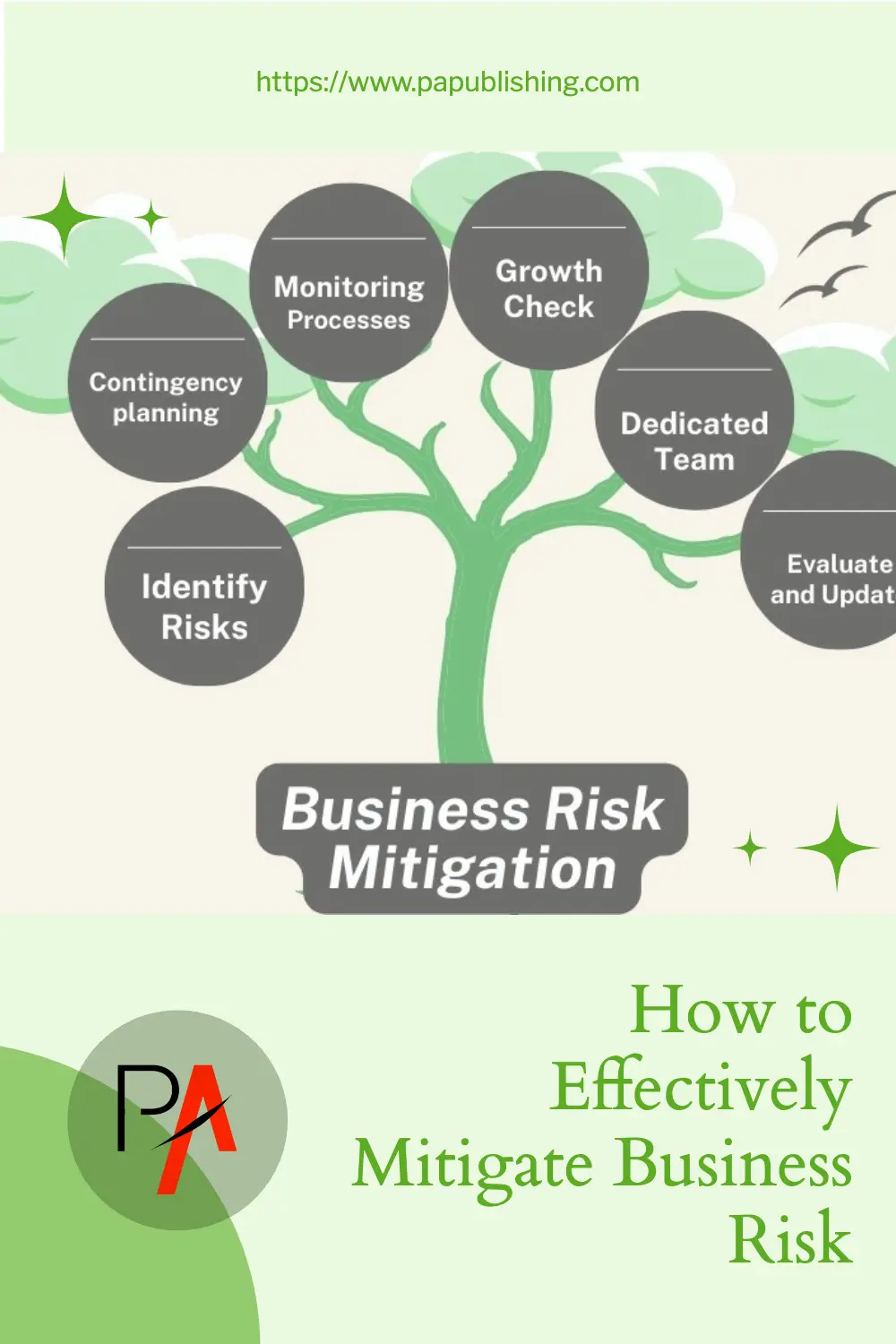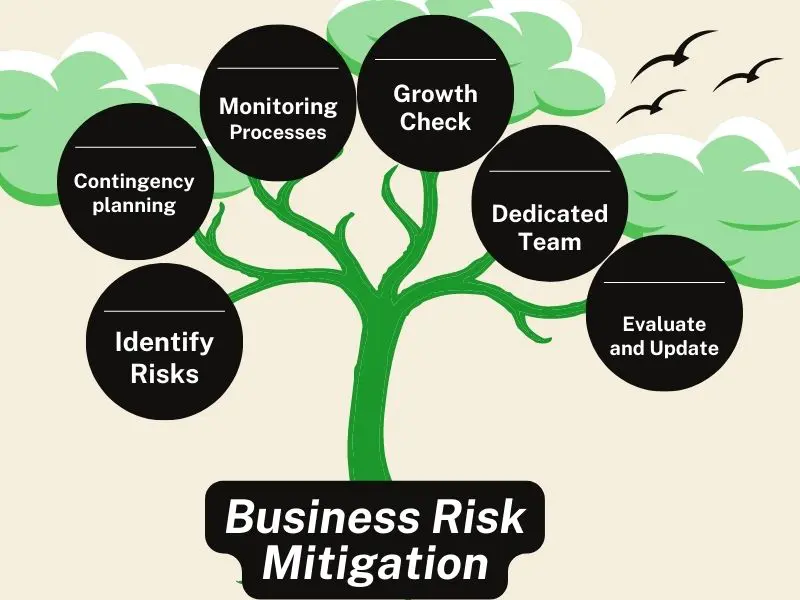5 Strategies to Effectively Manage and Mitigate Business Risk
Risk is an integral aspect of any business and comes in several forms. It is critical to mitigate business risk to maintain a competitive edge in today’s dynamic marketplace. For instance, cyber and supply chain disruptions are the most significant risks today, according to 34% of companies.
Business Risk Mitigation Strategies
As per a report, around 41% of organizations have encountered critical risk events in one year. Businesses can minimize potential threats and eradicate loopholes by implementing robust risk management strategies.
This article will discuss managing and mitigating business risk and thriving in a competitive market.
Business Risk Mitigation Strategies
Prioritize Risks
The first step should be to know which risks pose a more significant threat to your business than others. You can prioritize risk based on the following categories:
- Highly likely to occur.
- Moderate to high probability.
- Low to moderate probability.
- Very little probability.
Always prioritize risks highly likely to occur over others and plan to tackle them at the earliest. You should also determine their potential financial and structural impact on your business. If a risk is unlikely but poses significant financial damage, it should take priority over others.
Do Contingency Planning
Now that you have categorized risks based on their probability and impact, it’s time to develop a contingency plan or several contingency plans to tackle them. You have to try different combinations of risk prevention, mitigation, sharing, and retention for different risks to identify which ones work best.

Insurance is one of the most popular business risk mitigation examples because it helps minimize financial losses in the wake of natural disasters, economic downturns, staff errors, etc. Risk prevention also involves training the employees through various courses and enforcing safety measures and public relations protocols for the staff.
Monitor & Manage the Risk
Risk management plans shouldn’t be static, as the risks keep evolving. Therefore, you should keep evaluating risk exposure and introduce changes wherever necessary. Make sure that your plans to mitigate business risk are robust enough to cover current and potential scenarios to avoid costly errors.
You must formalize your contingency plans & risk management and make them part of standard operating procedures. Once you have all the stakeholders trained in business risk management and continuity, several people will protect you against unseen risks.
Control Growth
Training your employees to focus on quality and not just quantity is an immensely critical part of risk management for small businesses. After all, setting lofty goals for employees can incentivize them to go all in and start taking risks that aren’t worth it. Around 74% of businesses fail because they try to expand too fast, which is never a great business strategy.

One of the financial risk mitigation strategies is not to innovate faster than you can absorb. That’s because innovations don’t always work, and excessive reliance on them leads to unavoidable circumstances.
Appoint a Dedicated Risk Management Team
You can create a risk management team by picking suitable employees instead of hiring a third party. However, it works only if you have people who understand how to mitigate business risk. Moreover, your business also needs to have the right performance evaluation system in place to gauge employee performance.
Hiring a third party is well worth it if your company isn’t in a position to incorporate new employees. Currently, 33% of businesses do not have a Chief Risk Officer (CRO), which can be harmful in the long run.
The Bottom Line
Risk management and mitigation should be an integral part of any business planning, given that it’s a form of insurance. Companies looking for sustainable success should always look out for potential threats that could derail their operations. Only those who can mitigate business risk can thrive in a cutthroat market.



One Reply to “Mitigate Business Risk”
Comments are closed.